I was lucky enough to interview Gabriel Hardman and Corrina Beckho about one of my favorite series of last year, the complex and captivating Invisible Republic, now a Hugo Award finalist for Best Graphic Story. Imagine my delight when they were interested in discussing the next volume, which builds impressive on the great foundation laid in the first. Get past this intro to learn more about what should be/will be one of your favorite comics, Image’s Invisible Republic.
Can you nail down a genre (or genres) for Invisible Republic other than science-fiction?
CSB: We jokingly call it poli-sci-fi, because it’s easily as much about the politics of the situation as it is about space ships and alien ecologies. But in general, I’m not sure that genre labels are incredibly useful. I mean, sci-fi covers so much ground. A particular book might be comedy, drama, fantastical, set five minutes in the future… But none of that tells me if I will like it. So instead, I’ll tell you something about the mood of the series. It’s serious, but also a bit of a thriller. There’s a mystery at the heart of the story, and the possibility of an unreliable narrator. There is class struggle, and a woman who simply won’t sit down and shut up. Sometimes it’s violent, sometimes it’s cathartic, and sometimes it’s tragically romantic. If these sound like things you like in your fiction, you might want to check out our book.
GH: And we’re not running away from genre, we love sci-fi. It’s more that every story tells you where it’s going and what it needs to be. Invisible Republic plays out on a very human scale. Our point of view is always ground level in more ways than one. We just need to stay true to that, regardless of external genre categories.
How important was it for you both to create a book that didn’t lean on sci-fi tropes?
CSB: I can honestly say we didn’t think too much about that when we were originally plotting the overarching structure of IR. We had a story to tell, and science fiction was the lens through which we wanted people to view it. I like to think of science fiction more as a literary prism, allowing you to separate out the aspects of a story (or a world) that you want to explore rather than a checklist of pre-defined items or plot points that you have to hit in order to be included in the genre.
GH: Despite the grounded tone, this isn’t a story we could tell in a present day or historical setting. The sci-fi elements are enormously important.
The worldbuilding is incredible. How plotted out was the overarching story ahead of time?
GH: Thanks. We strive to keep most of the iceberg under the water. The point of doing a book like this is to tell this story about these characters rather than prove how clever we are at designing a world. Elements of the world that directly interact with our characters are the only ones the reader sees. We want the feeling of being dropped in and having to figure it out the culture as you go.
CSB: Thank you! We did a lot of “pre-writing,” and had actually been talking about this story between ourselves for years before putting into the form you see now. It’s gratifying to know that some of that comes across in the book.
What about the even bigger picture? How much did you know about the world of Invisible Republic in general before you put pen to paper?
CSB: Quite a lot! There’s a backstory to how the colonists originally made it across so many light years before FTL travel, and a long history to how not only Avalon, but Asan and Kent were colonized, and in what order. I keep thinking maybe some day there can be a companion novel about the early days of exploration and settlement.
What are the benefits and the detractions to making up over 500 years of history?
CSB: To me, the benefit is control. And it’s also fun. The down side is not locking yourself into a tiny room without an exit if things are too sharply defined. Also, it’s hard work to make all of it fit together and not just become a contradictory mishmash.
GH: Setting the book that far in the future is also a deliberate storytelling element. Like so many things in Invisible Republic, we’re asking the reader to infer big background elements. The technology in the world of IR has not progressed as dramatically as you would think over that period of time. Presumable there’s a reason for that – some catastrophic civilization-wide setback deep in the past. We invite that kind of speculation by the way we frame the story.
Will readers learn more about how society expanded beyond Earth?
CSB: Absolutely! A lot more will be explained in future arcs. And there’s a lot hidden in plain sight, too.
How much more thinking does something like Invisible Republic require than a story for Marvel or DC?
GH: There’s still an enormous amount of thinking that goes into a freelance project including one set in a well-established “universe.” Though the idea that the Marvel and DC universes are a cohesive thing is not accurate. They’re not so much universes as a massive collection of stories written and drawn by individual creators. Editorially, the companies make decisions about what parts of those stories are relevant at any given time. Whenever I work on a story set in a pre-established world, I still feel like I have to define the world our story is taking place in. I don’t know if that makes as much sense as I’d like – but thousands of disparate stories over 75 years are not a “universe” in my mind. You have to define that for the exact story you’re telling.
CSB: I don’t know that it’s more thinking, it’s just different thinking. With IR, we know what we want to achieve and we push ourselves to get there. Sometimes what we want seems unobtainable, but we try. It’s not for us to say if we achieve everything we set out to do, but we certainly work hard at it. It’s no different when working for someone else, except that the vision you’re trying to live up to isn’t strictly internal. Instead, you’re presented with a world, a feel, and a set of characters, which you then work to do justice to. I always try to be very respectful of other people’s characters. It’s an honor to work in a world someone else has created, and I do my best to make sure I do the best job I can regardless of whose story it is.
Gabriel, how are you liking drawing the same series for an extended period of time?
Since I co-write the book as wall as drawing it, it’s difficult to separate out writing and drawing so clearly. It’s all storytelling and we work on the book very organically, changing things at every step of the process – trying to be very hard on the book so it can be as good as we can make it. The superficial visual style is the part that takes the least thought. But there can be frustrations in drawing a long form series. I always want to push my art to be something more or different but I fell like it’s important to stay true to the style I set up in issue 1 because that defines the world of Invisible Republic.
Corinna, how conscious are you of Gabriel’s preferences as an artist when scripting?
CSB: Well, we both script IR, so that part isn’t hard. Although I know for a fact that writer-Gabriel often sets a pretty high bar for artist-Gabriel.
Is the plan still to end at around issue 25 or 30?
CSB: Thirty or so issues has always been the plan, so we’re sticking to that.
When will the series be back from its hiatus?
GH: Volume 2 will be out in August (collecting issues 6-10), followed by issue #11 on September 21st.
Without spoilers for trade waiters, what do you want people to know about what’s coming up?
CSB: The third arc will explore a lot more of the world of Invisible Republic… Or make that worlds. We’ll get to see what the Earth of Croger’s time looks like, as well as visiting Asan, the untamed planet that Avalon orbits. We’ll of course see more of Avalon too, as tensions rise both in Maia’s past and present. We’ll also learn a lot more about certain key characters, including how Jo lost a leg.
GH: Jo is a genderless space dog.
CSB:Thank you for clarifying that.
GH: No problem. The third arc gives us our first chance to show the civil war that drives everything in the series from issue 1 — the war that Maia and Arthur were being recruited to fight in. It’s a clash of cultures that Maia is thrust into the center of so we have some exciting stuff coming up.
Both the first and second volumes of Invisible Republic are now on sale!


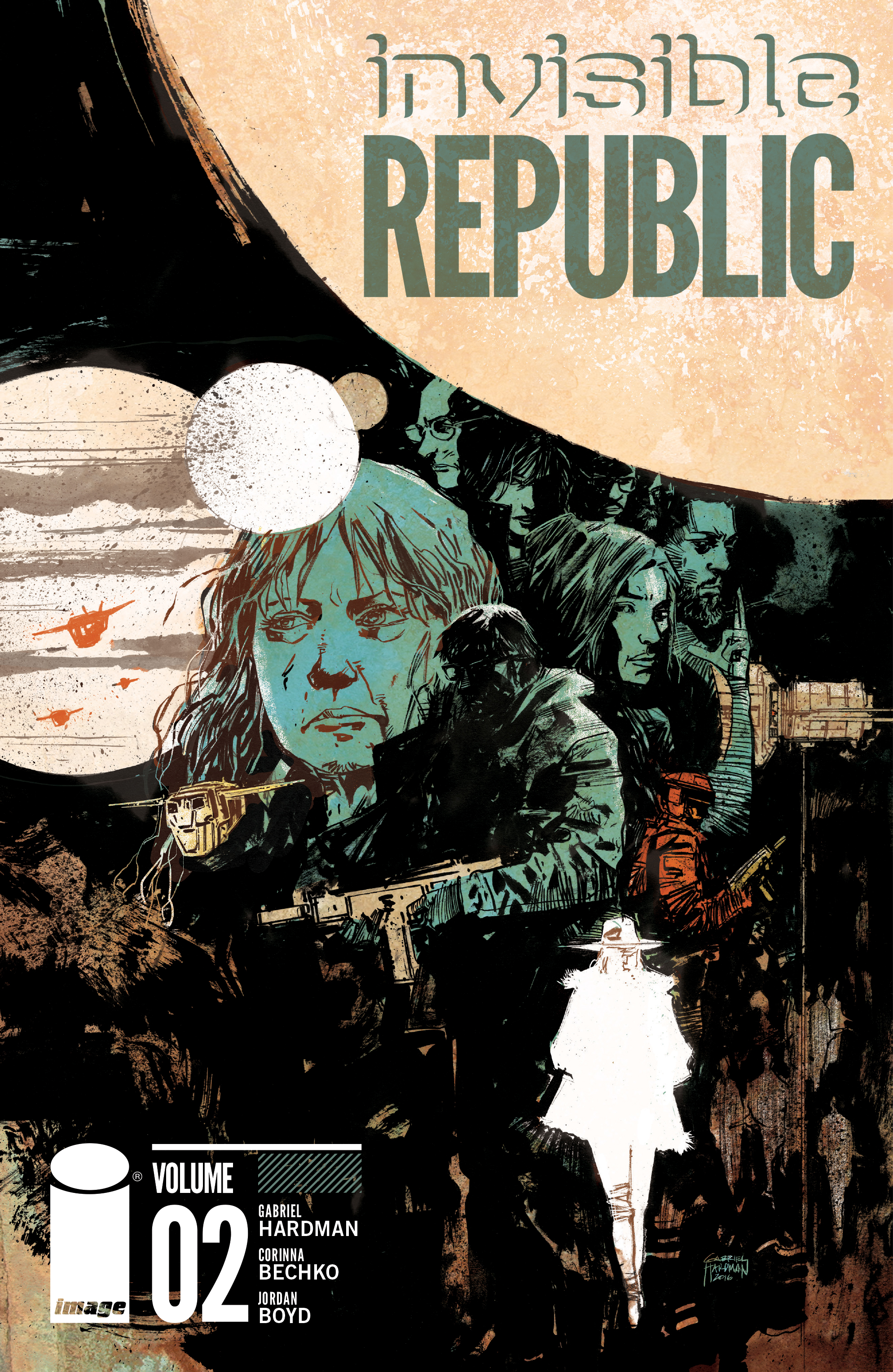
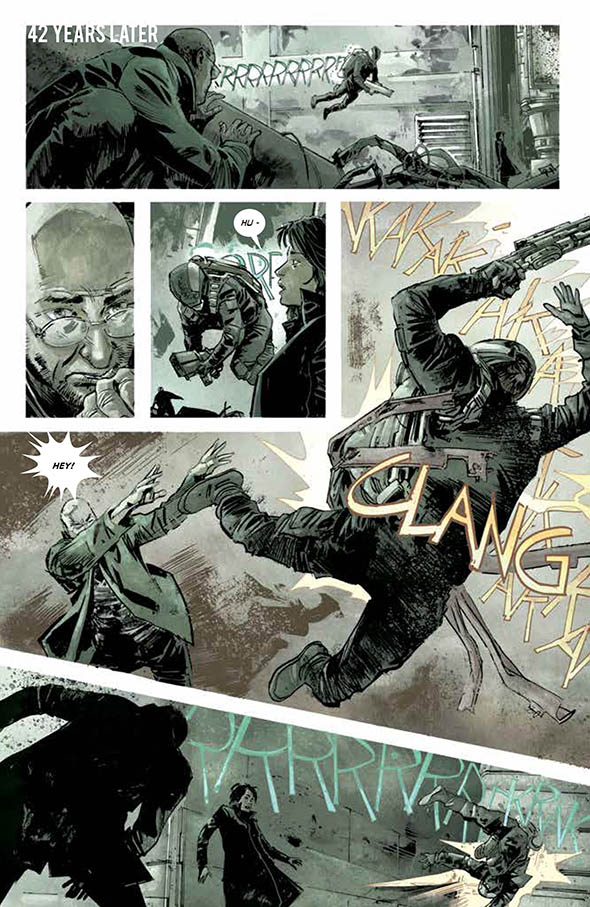
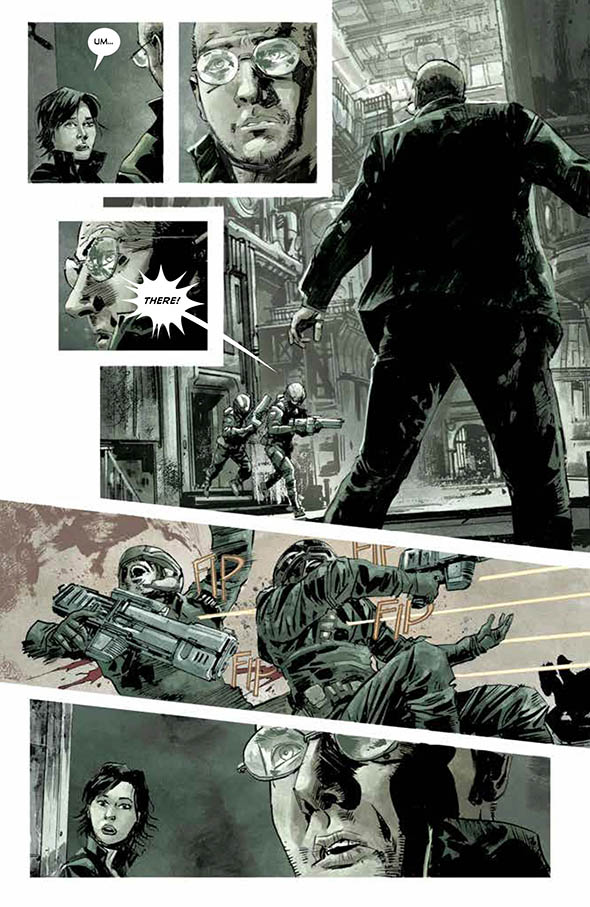
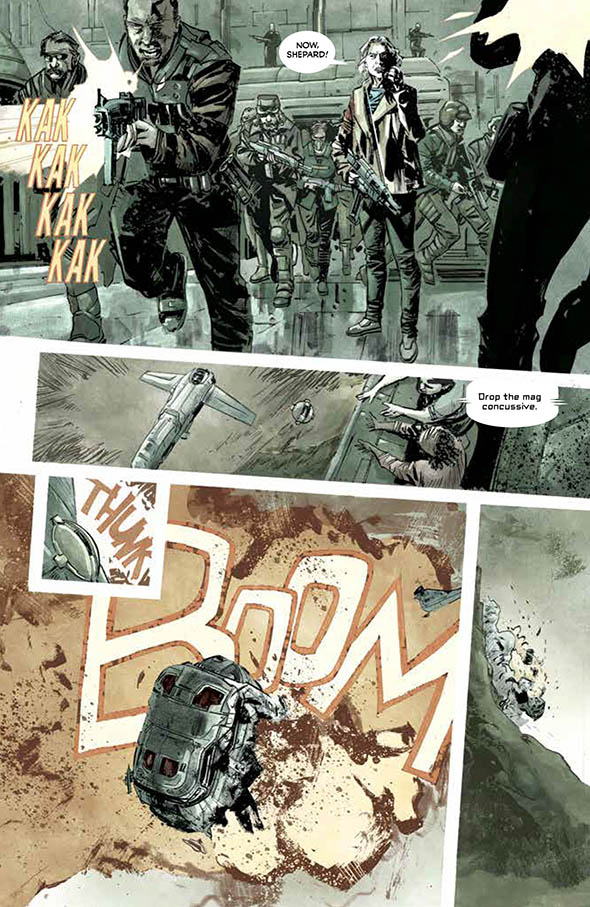
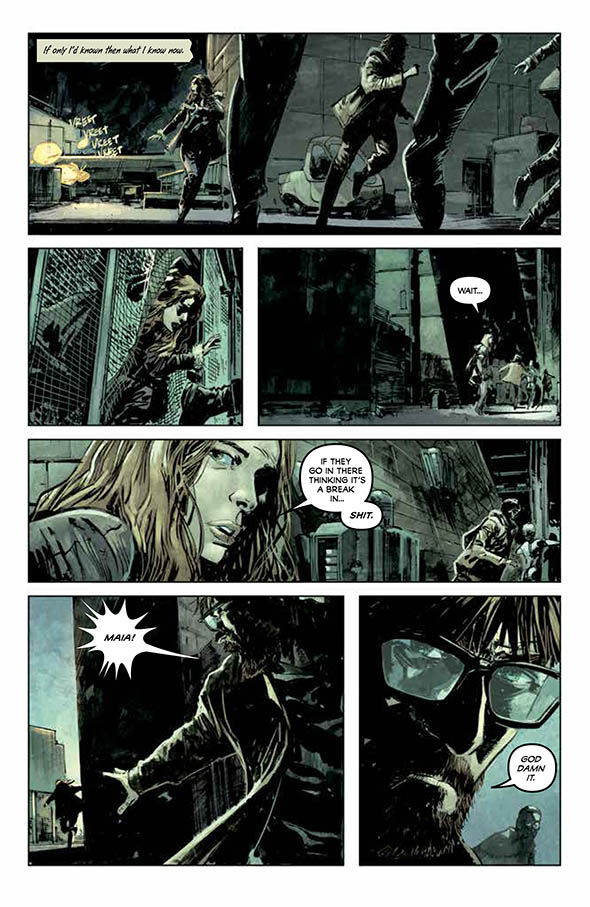
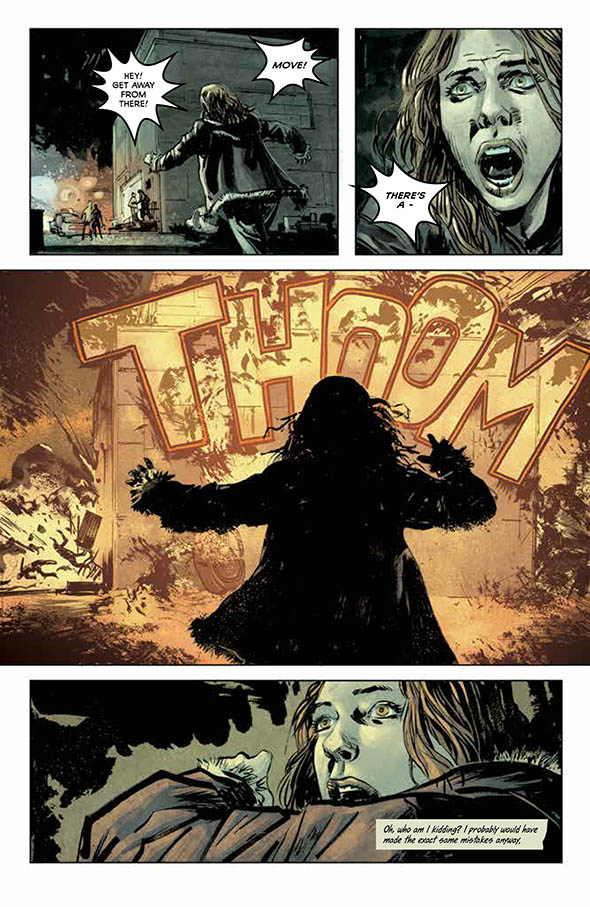

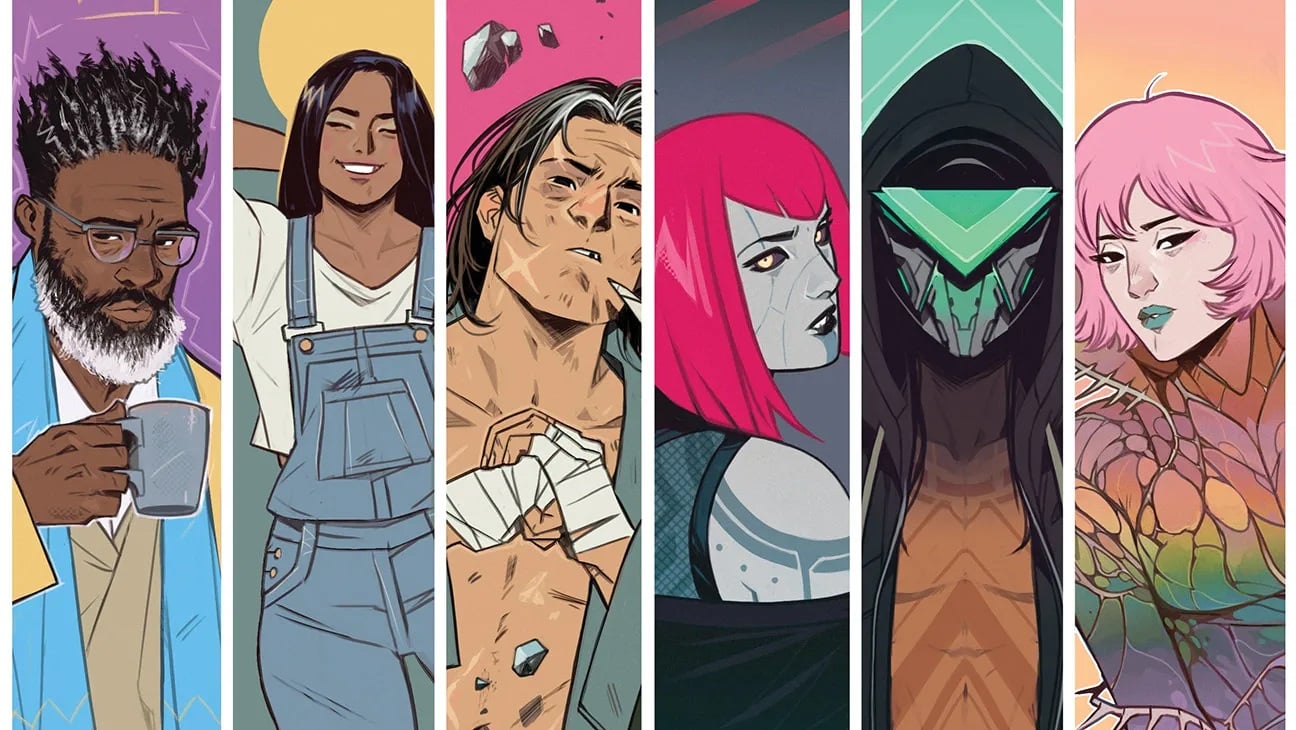

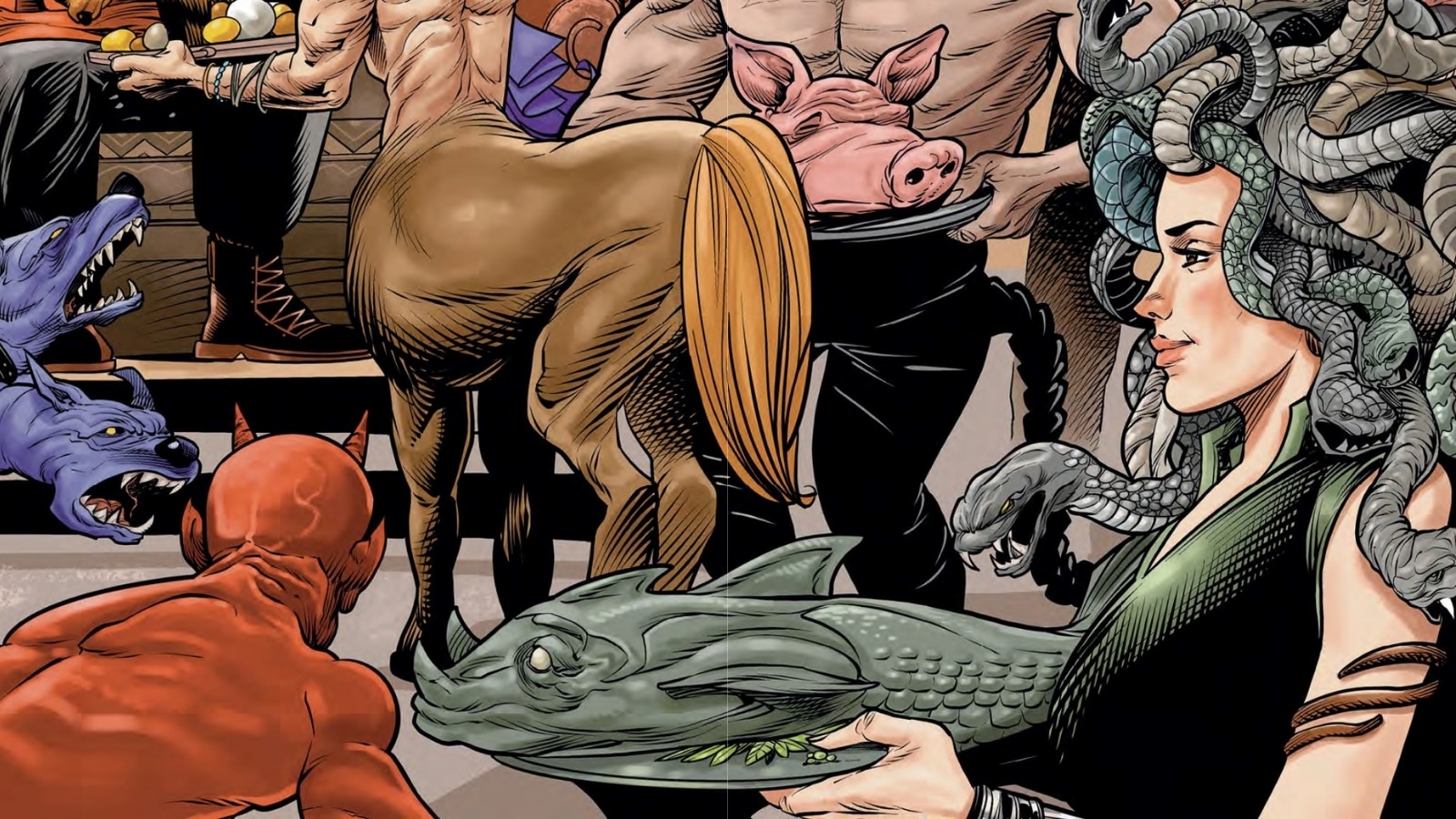


Along with Stray Bullets and Lazarus, this is one of my favourite Image comics being published right now. Feels very 2000AD-ey too, which is about the best compliment I can give.
When someone writes an post he/she maintains the thought of a user in his/her mind that
how a user can be aware of it. Thus that’s why this piece of writing is great.
Thanks!
Comments are closed.